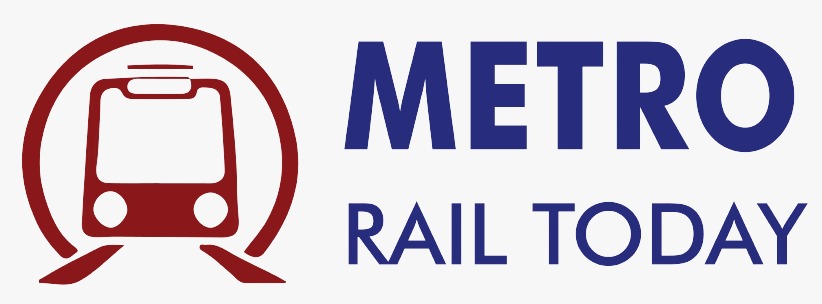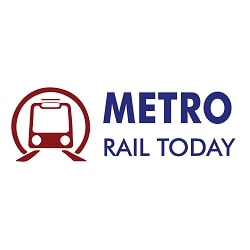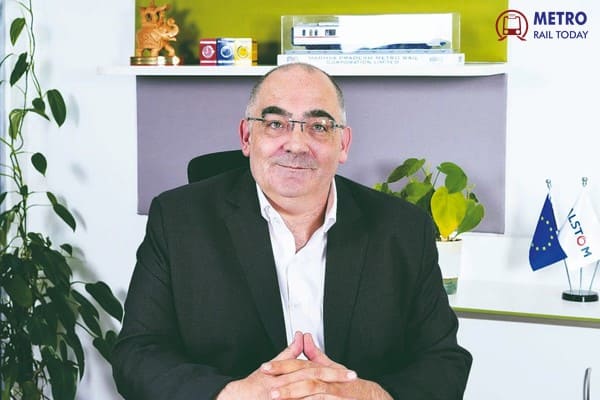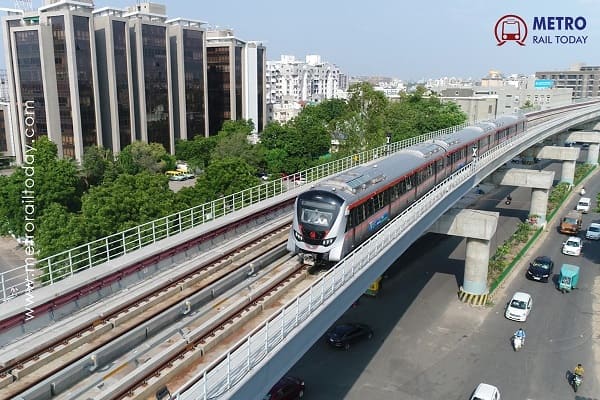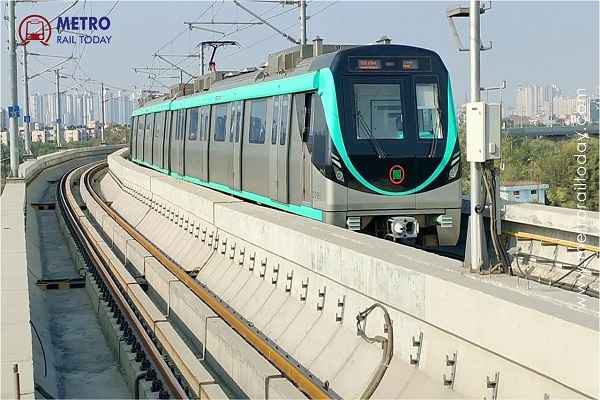 Ayesa India wins Design Consultancy Contract for Noida Metro Aqua Line Extension
Ayesa India wins Design Consultancy Contract for Noida Metro Aqua Line Extension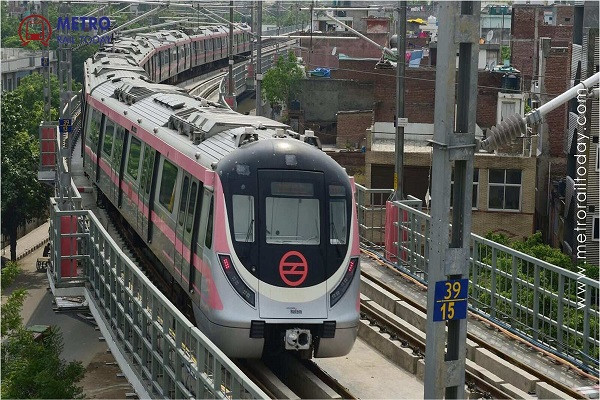 Vossloh Cogifer bags Track Infrastructure Contract for Delhi Metro Phase 4 Corridors
Vossloh Cogifer bags Track Infrastructure Contract for Delhi Metro Phase 4 Corridors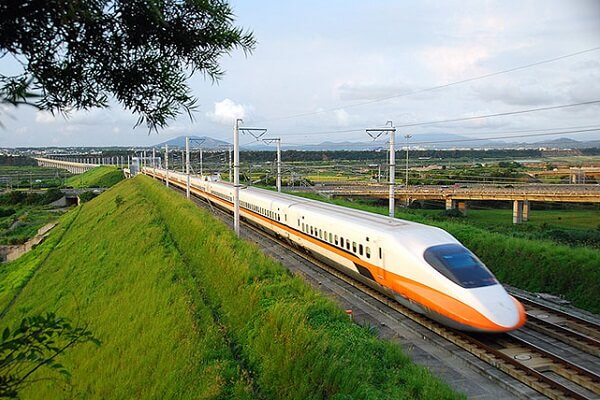 Railway finalised revised alignment for ₹16,000-crore Pune–Nashik Semi High-Speed Rail Corridor
Railway finalised revised alignment for ₹16,000-crore Pune–Nashik Semi High-Speed Rail Corridor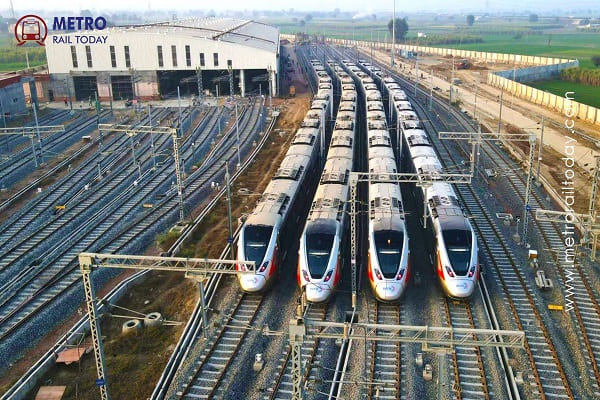 India’s First High-Speed, Signalling-Integrated CMV launched for Namo Bharat RRTS Corridor
India’s First High-Speed, Signalling-Integrated CMV launched for Namo Bharat RRTS Corridor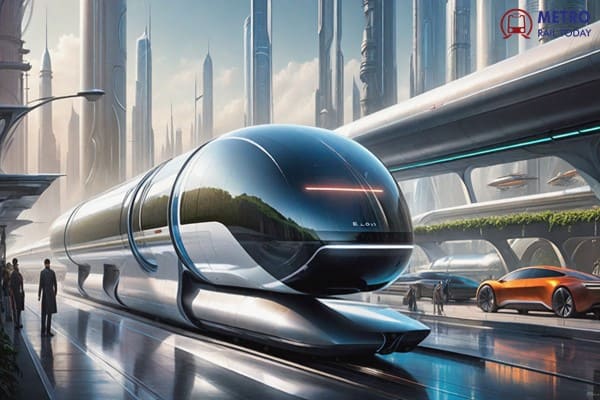 TuTr Hyperloop secures First-Ever Order from Deendayal Port Authority
TuTr Hyperloop secures First-Ever Order from Deendayal Port Authority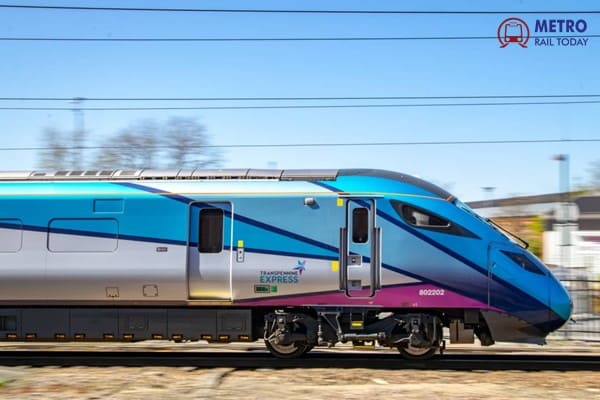 BEML bags ₹157 Crore Order from Loram Rail for Switch Rail Grinding Machines
BEML bags ₹157 Crore Order from Loram Rail for Switch Rail Grinding Machines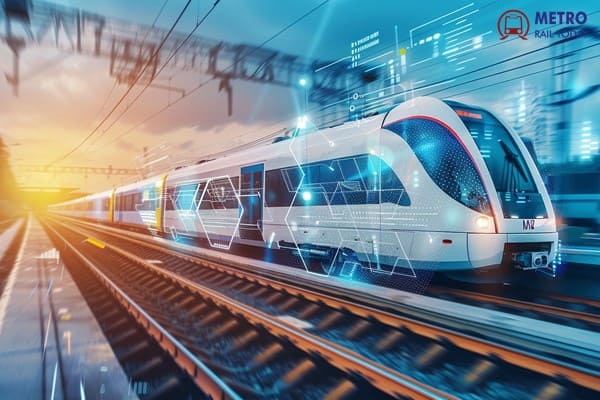 MxV Rail and KRRI forge Global Research Alliance to accelerate Next-Generation Rail Technologies
MxV Rail and KRRI forge Global Research Alliance to accelerate Next-Generation Rail Technologies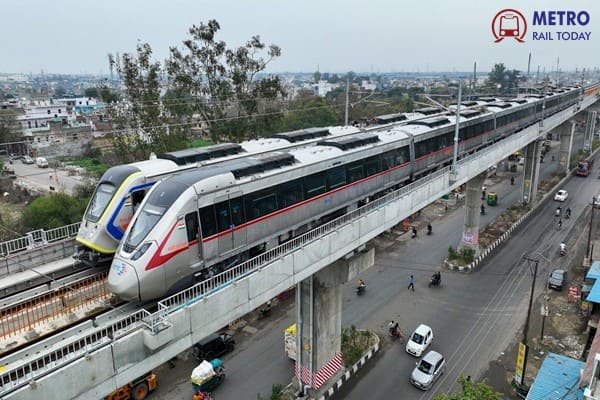 Uttarakhand seeks Pre-Feasibility Study for Meerut-Haridwar-Rishikesh RRTS Corridor
Uttarakhand seeks Pre-Feasibility Study for Meerut-Haridwar-Rishikesh RRTS Corridor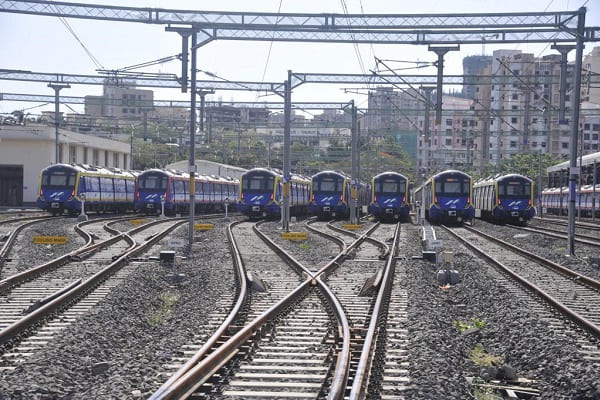 RIFTEK achieves major milestones in partnership with Indian Metro Rail Systems
RIFTEK achieves major milestones in partnership with Indian Metro Rail Systems Egypt all set to launch Alexandria Metro Phase 1 by 2026
Egypt all set to launch Alexandria Metro Phase 1 by 2026
From Kavach to Hydrogen Trains – How Indian Railways revolutionized safety and modernized in 2024
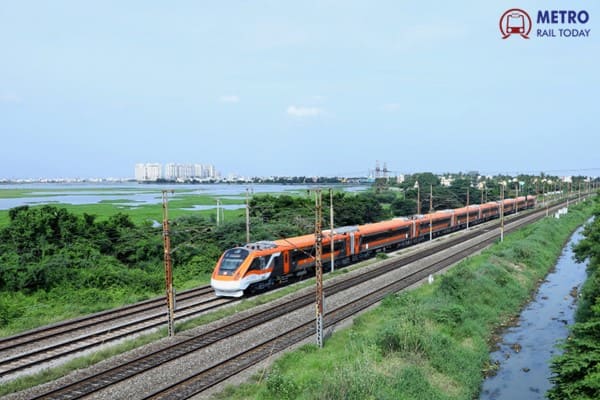
As 2024 draws to a close, Indian Railways has continued its journey of transformation, emphasizing safety, modernization, and sustainability. This year witnessed both advancements in technology and a renewed focus on passenger comfort and safety, positioning Indian Railways as a global leader in infrastructure innovation. Amidst challenges such as accidents and derailments, the national transporter has rolled out key safety measures and initiated projects that will shape the future of rail travel in India. From the rollout of the Kavach anti-collision system to hydrogen-powered trains, here’s a comprehensive look at how Indian Railways improved safety and modernized its operations in 2024.
1. Kavach: The Game-Changer for Train Safety
One of the most significant initiatives to bolster safety this year is the Kavach anti-collision system, an indigenous train protection system designed to prevent train accidents caused by human errors, signal failures, or over-speeding. In 2024, Indian Railways made substantial strides in the Kavach rollout, a critical part of its broader safety strategy.
The system works by continuously monitoring train movements and alerting drivers of any imminent dangers. If the driver fails to take corrective action, Kavach automatically applies the brakes to prevent a collision. By 2030, Kavach is expected to cover 66,000 route kilometers of the national railway network, enhancing safety on high-density routes.
Investment in Kavach
In FY25, a budget allocation of Rs 1,547 crore for Kavach, surpassing the earlier budgeted amount of Rs 1,112 crore, underscores the government’s commitment to implementing this safety feature across the country. The project will roll out in three phases:
- Phase I (Current): Covering 14,735 route kilometers (rKM).
- Phase II (FY26): Expansion to 17,000 rKM.
- Phase III (FY27-28): Further extension to 30,000 rKM.
With Rs 50 lakh per rKM and Rs 80 lakh per locomotive earmarked for the installation, Kavach is expected to be installed in at least 10,000 locomotives, including all new Vande Bharat train sets. As of 2024, Kavach is operational on 1,548 rKM of the network, particularly on the critical corridors like Delhi-Mumbai and Delhi-Howrah.
Impact on Safety
Kavach is already yielding positive results. The number of train accidents has seen a sharp decline, dropping from 473 in 2000-01 to just 40 in 2023-24. Furthermore, the accident rate per million train kilometers has fallen dramatically from 0.65 to 0.03, demonstrating that the safety measures are significantly improving railway operations.
2. Modernizing Passenger Experience with Vande Bharat Trains
In 2024, Indian Railways continued to revolutionize passenger travel with its Vande Bharat Express trains. These semi-high-speed trains have quickly become a popular choice for short and medium-distance travel, known for their comfort, speed, and modern amenities. With 136 Vande Bharat trains now in service, the trains have seen almost 100% occupancy, showcasing their success and passenger demand.
This year, the Indian Railways took the modernization of these trains a step further by introducing Vande Bharat sleeper versions. These sleeper trains, designed for long-distance travel, promise to deliver a higher standard of comfort for overnight journeys. With 10 sleeper prototypes under production and 200 sleeper rakes in the pipeline, the Vande Bharat initiative is poised to expand its reach, offering passengers enhanced comfort and connectivity.
3. Hydrogen Trains: Paving the Way for Eco-Friendly Travel
As part of its commitment to sustainability, Indian Railways made significant headway in hydrogen-powered trains in 2024. The Hydrogen for Heritage project, which aims to retrofit existing diesel-electric multiple unit (DEMU) rakes with hydrogen fuel cells, was given a major boost this year. The first batch of hydrogen-powered trains is expected to operate on hill and heritage routes, offering a clean, sustainable alternative to traditional fuel-powered locomotives.
The hydrogen-powered trains align with India’s zero-carbon emission goals and promise to revolutionize rail travel by drastically reducing its environmental impact. The Indian government has already allocated Rs 2,800 crore for the creation of 35 hydrogen-powered train sets under this initiative. Additionally, ₹600 crore has been earmarked for the development of hydrogen infrastructure on heritage routes, signaling a commitment to greener and more efficient travel.
4. Upgrading Infrastructure for Safety and Efficiency
Beyond technological advancements in safety and sustainability, Indian Railways has also focused on infrastructure upgrades to ensure smoother and safer operations. Key upgrades include:
- Track Renewals: Accelerating the renewal of old and worn-out tracks to improve safety and speed.
- Advanced Electronic Interlocking Systems: These systems are designed to optimize train operations and prevent accidents caused by signal failures.
- Crash-Resistant Coaches: Indian Railways is phasing out older ICF coaches in favor of Linke Hofmann-Busch (LHB) coaches, which have been exclusively used since 2018. These coaches are known for their superior crash resistance and safety features.
5. Focus on Heritage and Eco-Friendly Travel with Hydrogen Trains
The development of hydrogen-powered trains is not limited to reducing emissions on conventional routes. Indian Railways is also focusing on using these eco-friendly trains on heritage routes, offering a cleaner alternative to diesel-powered trains that were previously used on these iconic journeys.
The government’s ₹600 crore investment into hydrogen infrastructure development on heritage routes aims to provide an eco-conscious travel option while preserving the cultural significance of these regions.
6. Continued Investment in Modern Technology and Digitalization
Indian Railways has embraced digitalization to enhance both safety and the passenger experience. The adoption of advanced ticketing systems, real-time train tracking apps, and automated ticket vending machines has streamlined the booking process, reduced human error, and improved overall efficiency.
Additionally, the introduction of CCTV surveillance systems on trains and at stations has bolstered security, ensuring a safer environment for passengers.
7. Future Outlook: Continued Growth and Safety Priorities
Looking ahead to 2025 and beyond, Indian Railways is poised for further expansion, both in terms of infrastructure and safety systems. The rollout of Kavach and hydrogen-powered trains is expected to accelerate, with more projects focusing on green energy, sustainability, and smart technology.
With continued efforts in track renewal, safety innovations, and infrastructure development, Indian Railways is on track to become one of the most modern and efficient railway networks in the world.
Conclusion: A Safer, Greener, and Smarter Future for Indian Railways
In 2024, Indian Railways has made impressive strides in improving safety, modernizing infrastructure, and embracing sustainable travel solutions. From the widespread implementation of Kavach to the debut of hydrogen trains and the continued expansion of Vande Bharat services, the year has been transformative for the national transporter. These efforts not only improve the travel experience for millions of passengers but also help India achieve its environmental goals. As we head into 2025, Indian Railways is well-positioned to lead the way in modern, safe, and eco-friendly rail transport.
